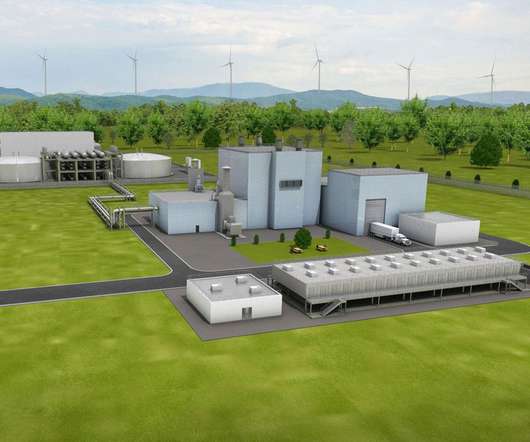German team produces hydrocarbons from thermal degradation of free fatty acids and animal fat in water and sodium carbonate; ultimately 43% diesel-range and 14% gasoline-range fractions
Green Car Congress
NOVEMBER 6, 2011
Researchers in Germany have produced a hydrocarbon-based bio-crude and non-condensable gases from the thermal degradation of free fatty acids and animal fat in the presence of water and sodium carbonate (Na 2 CO 3 , a sodium salt of carbonic acid commonly used as a water softener). Bernd Weber, Ernst A.










































Let's personalize your content